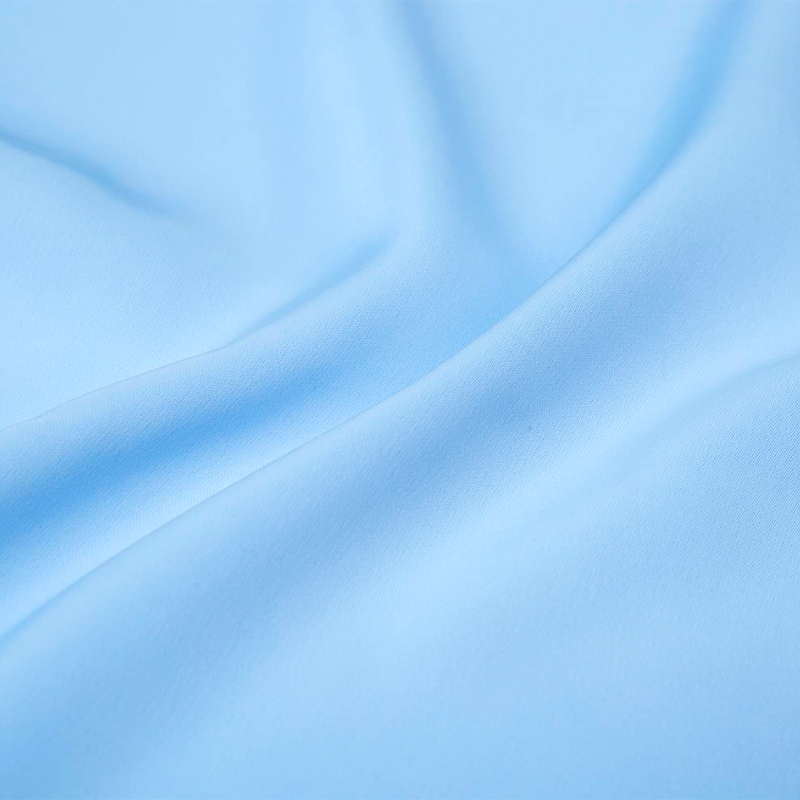The smooth and lustrous effect of satin cloth fabric is primarily due to its unique weaving process, known as the satin weave. Here’s how this process contributes to the fabric’s distinctive characteristics:
Satin Weave Structure:
In a satin weave, the yarns are arranged in such a way that there are long floats of warp (lengthwise) or weft (crosswise) threads on the fabric surface.
Unlike other weaves (such as plain weave or twill weave), where the yarns alternate over and under each other more frequently, in a satin weave, one thread (either warp or weft) will float over multiple threads before going under another thread. This creates fewer interruptions in the weave pattern, resulting in a smooth surface.
Minimal Interlacings:
The key to the satin weave is the reduction of interlacings (points where warp and weft threads cross each other). By minimizing these interlacings, the fabric surface remains uninterrupted and smooth, which enhances its sheen and gives satin its characteristic glossy appearance.
Light Reflection:
The long floats on the surface of the fabric allow more light to reflect off the material uniformly, contributing to the fabric's high luster. This reflectivity is what gives satin its luxurious and shiny look.

Fiber Choice:
The choice of fibers also plays a role. Satin can be made from silk, polyester, nylon, or acetate. When made from silk, satin has a natural luster due to the smoothness of silk fibers. When synthetic fibers like polyester are used, they can be engineered to enhance the shiny effect.
Tight Weave:
Satin typically has a tight weave, which also contributes to its smooth texture. The density of the weave can affect both the drape and the sheen of the fabric.
Finishing Process:
After weaving, satin often undergoes finishing processes like calendaring, where the fabric is passed through heated rollers that flatten and polish the surface, further enhancing its smoothness and shine.
The satin weave’s structure, with its long floats and minimal interlacings, combined with the choice of fiber and finishing processes, is what gives satin its signature smooth and lustrous appearance.

.jpg?imageView2/2/format/jp2)



.jpg?imageView2/2/format/jp2)
.png?imageView2/2/format/jp2)




